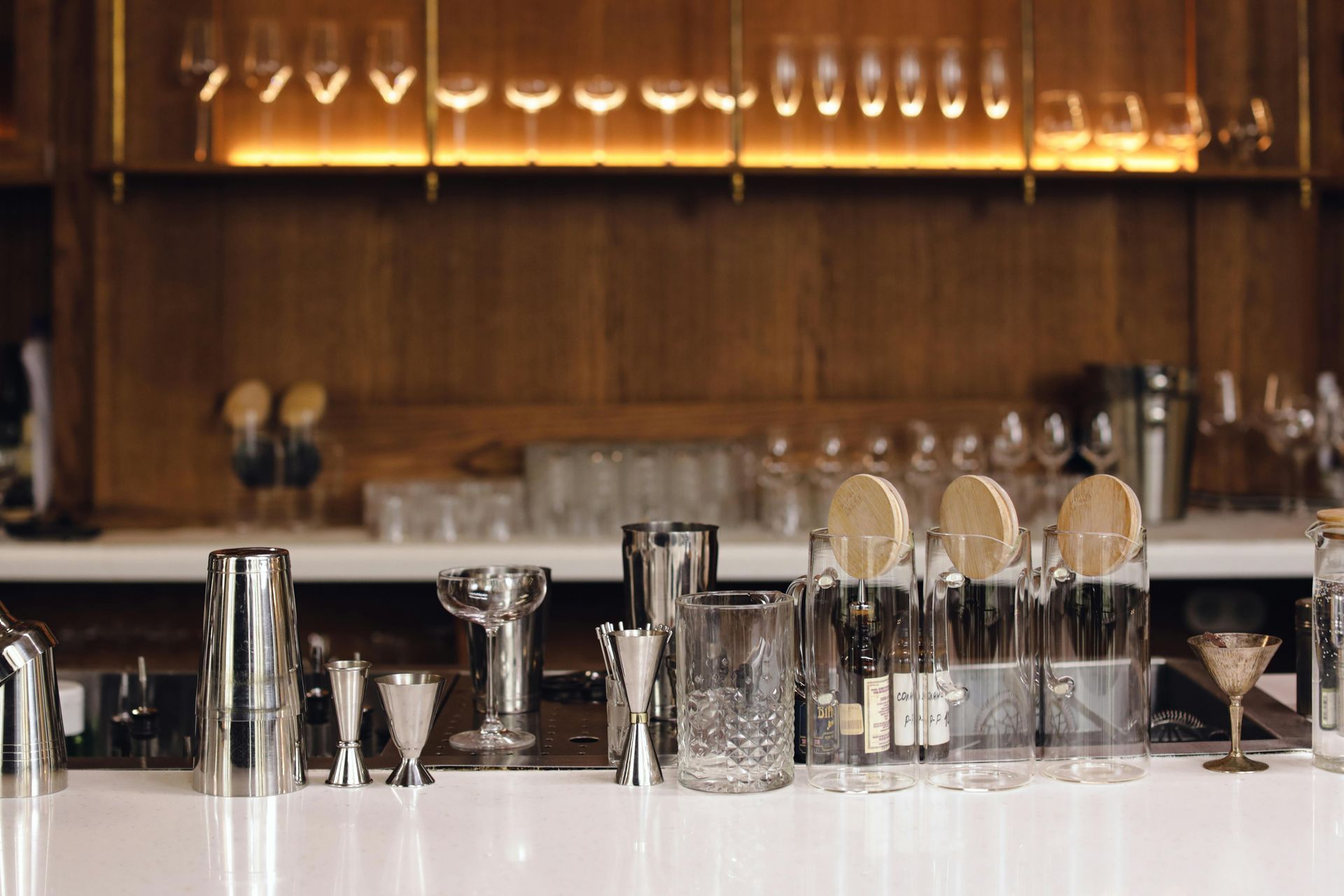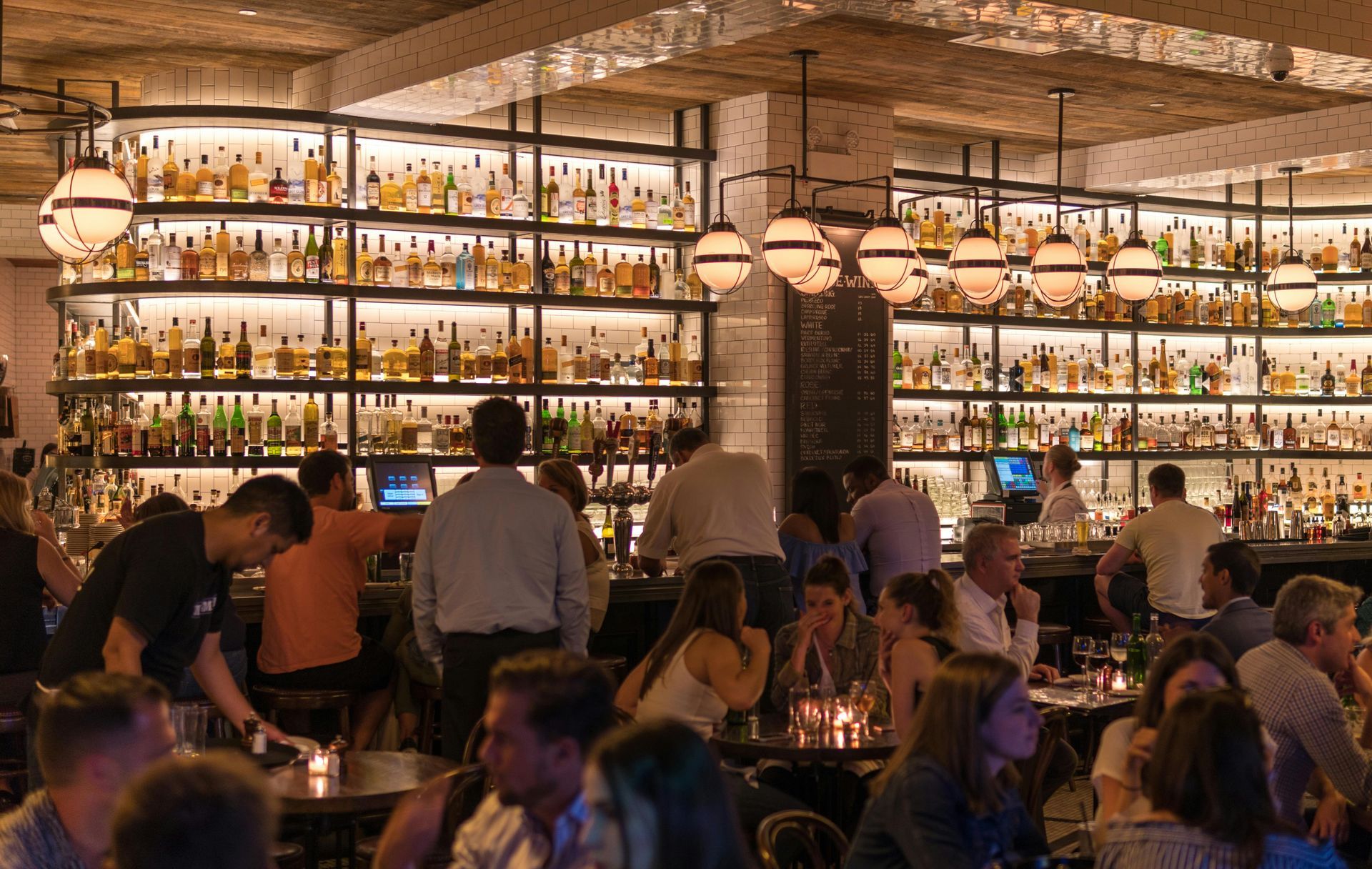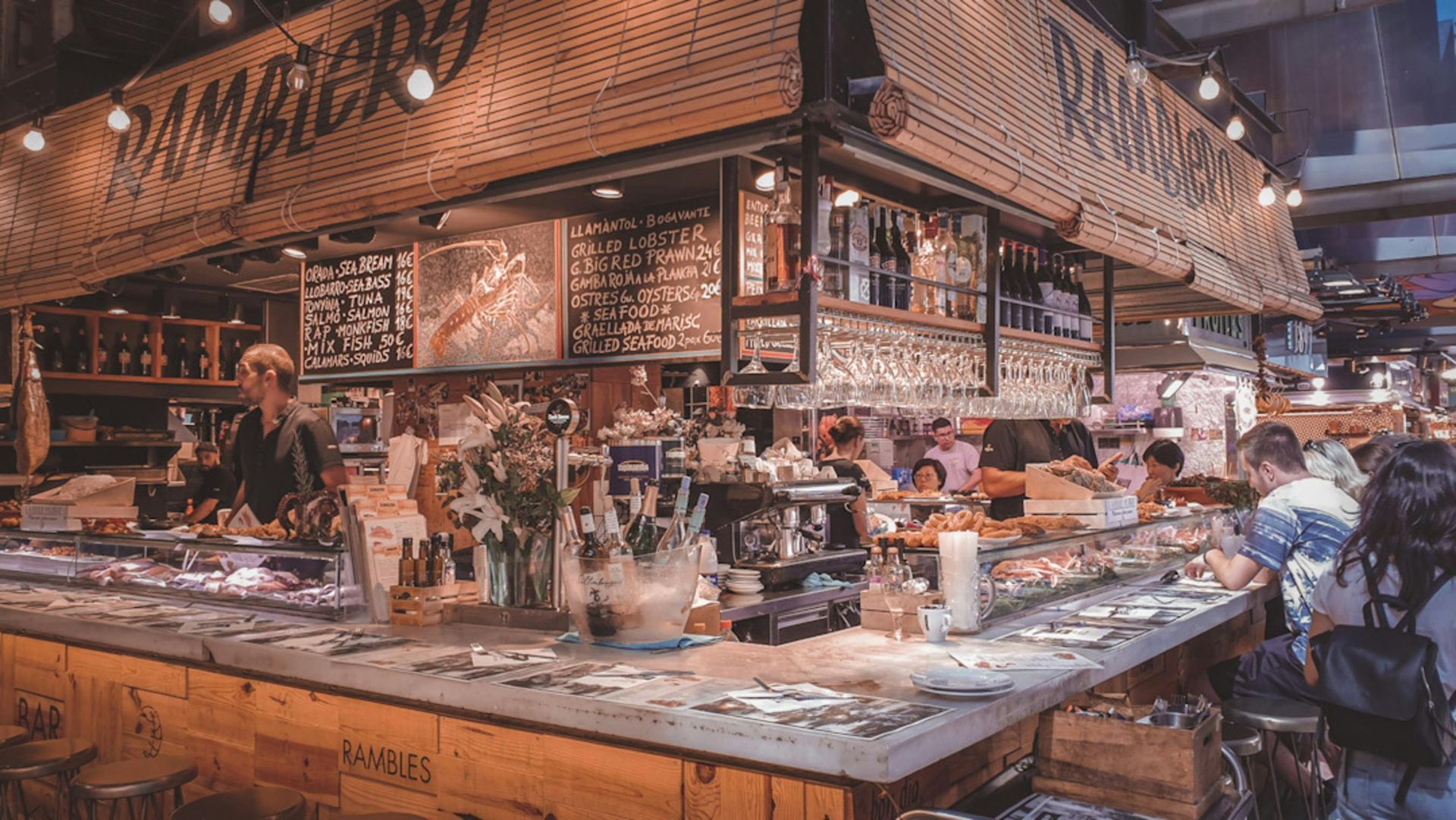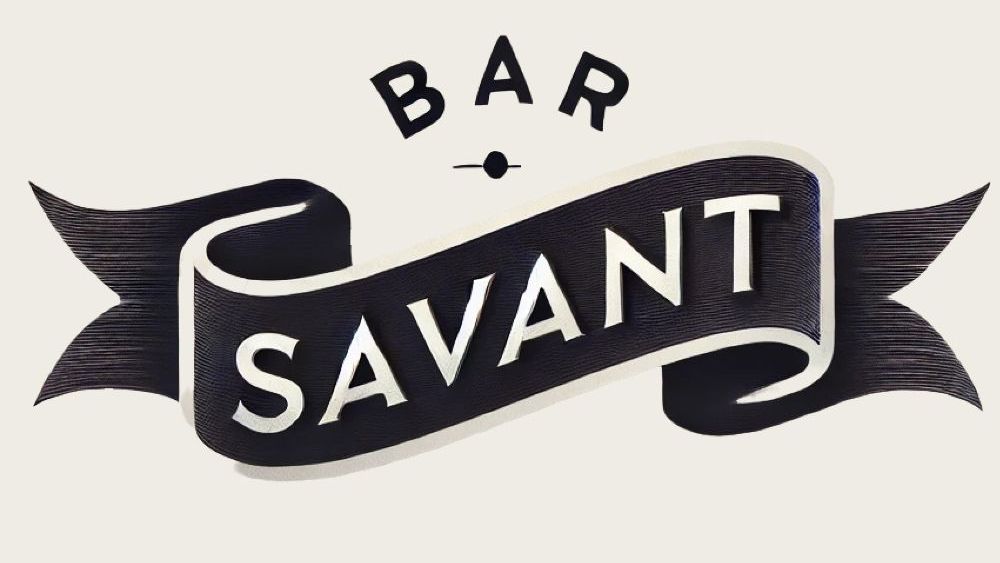
Blog Layout
Inventory and Supply Chain
Gettye Goins • December 14, 2024
Running a successful craft cocktail bar requires more than creativity and impeccable service; it demands careful management of inventory and the supply chain. These behind-the-scenes systems form the backbone of the operation, ensuring that the bar remains both profitable and consistent in its offerings. When executed properly, inventory management and supply chain strategies not only keep costs in check but also contribute to a smoother, more efficient operation, allowing the focus to remain where it belongs—on delivering exceptional experiences to guests.
At its core, inventory management is about balance. The goal is to maintain just the right amount of stock: enough to meet demand without over-ordering or tying up resources in unused product. This starts with a deep understanding of the bar’s menu and its most frequently used ingredients. A craft cocktail bar often features seasonal menus with rotating selections, so inventory needs to align closely with those offerings. For example, if the menu is heavy on citrus-forward cocktails, the bar must ensure a consistent supply of fresh lemons, limes, and oranges while avoiding excess stock of other, less-used fruits.
A well-structured inventory system begins with accurate tracking. Every bottle, mixer, garnish, and tool has a place in this system, and regular audits ensure that the records reflect reality. Weekly inventory checks are standard practice, but some high-volume bars opt for daily counts of their most critical items, such as spirits and perishables. By keeping a close eye on stock levels, the team can identify trends—both in what’s selling and what’s not—and adjust purchasing accordingly. For instance, if a particular spirit is consistently running low, it might indicate that the bar should negotiate a larger order with the supplier, potentially securing a discount for bulk purchasing.
Portioning and batching also play a critical role in maintaining control over inventory. Every cocktail recipe is standardized, with precise measurements for each ingredient. This not only ensures consistency in flavor but also prevents over-pouring, which can lead to increased costs and waste. Many bars take this a step further by batching certain components in advance, such as syrups, infusions, or even pre-diluted cocktail bases. Batching not only speeds up service but also reduces the risk of error and allows for more efficient use of ingredients.
Supply chain management is where the bar’s relationships with vendors and suppliers come into play. These relationships are built on trust, communication, and mutual benefit. A good supplier isn’t just a source of product; they’re a partner who understands the bar’s needs and works to meet them. For example, if a supplier consistently delivers high-quality ingredients on time, the bar can rely on them to support seasonal menu changes or special events. Conversely, if a supplier struggles with delays or inconsistent quality, it may be time to explore other options.
Flexibility is crucial in managing the supply chain, especially when dealing with fresh or perishable items. If a particular ingredient becomes unavailable or prices spike unexpectedly, the bar needs to have a backup plan. This might involve substituting a similar ingredient, tweaking a recipe, or even removing a menu item temporarily. The key is to make these adjustments without compromising the guest experience. For instance, if a signature cocktail relies on a specific type of citrus that’s suddenly out of season, the bar might pivot to a different garnish or incorporate a complementary flavor profile that still feels intentional and thoughtful.
Profitability is always a consideration when managing inventory and the supply chain, but it shouldn’t come at the expense of quality. Instead, the focus should be on finding ways to maximize value. This might involve sourcing ingredients that offer the best combination of quality and cost, rather than simply opting for the cheapest option. It could also mean investing in durable tools and equipment that will last longer and perform better, ultimately saving money in the long run.
Minimizing waste is another critical aspect of inventory management. In a craft cocktail bar, every ingredient has a purpose, and thoughtful planning ensures that nothing goes to waste. For example, citrus peels left over from juicing can be repurposed as garnishes or used to make house-made bitters. Excess herbs might become part of a syrup or infusion, while leftover wine from the night before could be turned into a sangria base or a vinegar. This approach not only reduces costs but also reflects the bar’s commitment to sustainability, a value that resonates with many guests.
Technology can be a valuable ally in managing inventory and supply chains. Many modern bars use software to track inventory levels, monitor usage rates, and even automate ordering. These systems can provide real-time data, making it easier to identify patterns, predict future needs, and avoid the dreaded “86” situation where an item unexpectedly runs out during service. However, technology is only as effective as the team using it. Regular training ensures that staff understand how to use these tools and appreciate their role in maintaining a well-run operation.
Training and accountability are vital for successful inventory management. Every team member, from bartenders to barbacks, has a role to play in maintaining the integrity of the system. For example, bartenders should always measure ingredients carefully and report any breakages or spills, while barbacks should be diligent about rotating stock and keeping storage areas organized. When everyone understands the importance of inventory and supply chain management—and sees how it directly impacts the bar’s success—they’re more likely to take ownership of their responsibilities.
Communication is another cornerstone of effective inventory and supply chain management. The team needs to be aware of what’s available, what’s running low, and what’s been newly ordered. This might involve regular updates via a shared document or group chat, as well as quick check-ins during pre-shift meetings. Clear communication ensures that everyone is on the same page and reduces the likelihood of surprises during service.
Ultimately, a strong approach to inventory and supply chain management is about balance—ensuring the bar has what it needs to thrive without overextending resources or compromising on quality. It’s a dynamic process that requires constant attention, adaptability, and a willingness to learn from past successes and challenges. When done well, it creates a foundation of stability that allows the team to focus on what they do best: crafting extraordinary cocktails and delivering unforgettable experiences to their guests.
The Craft Bar Blueprint
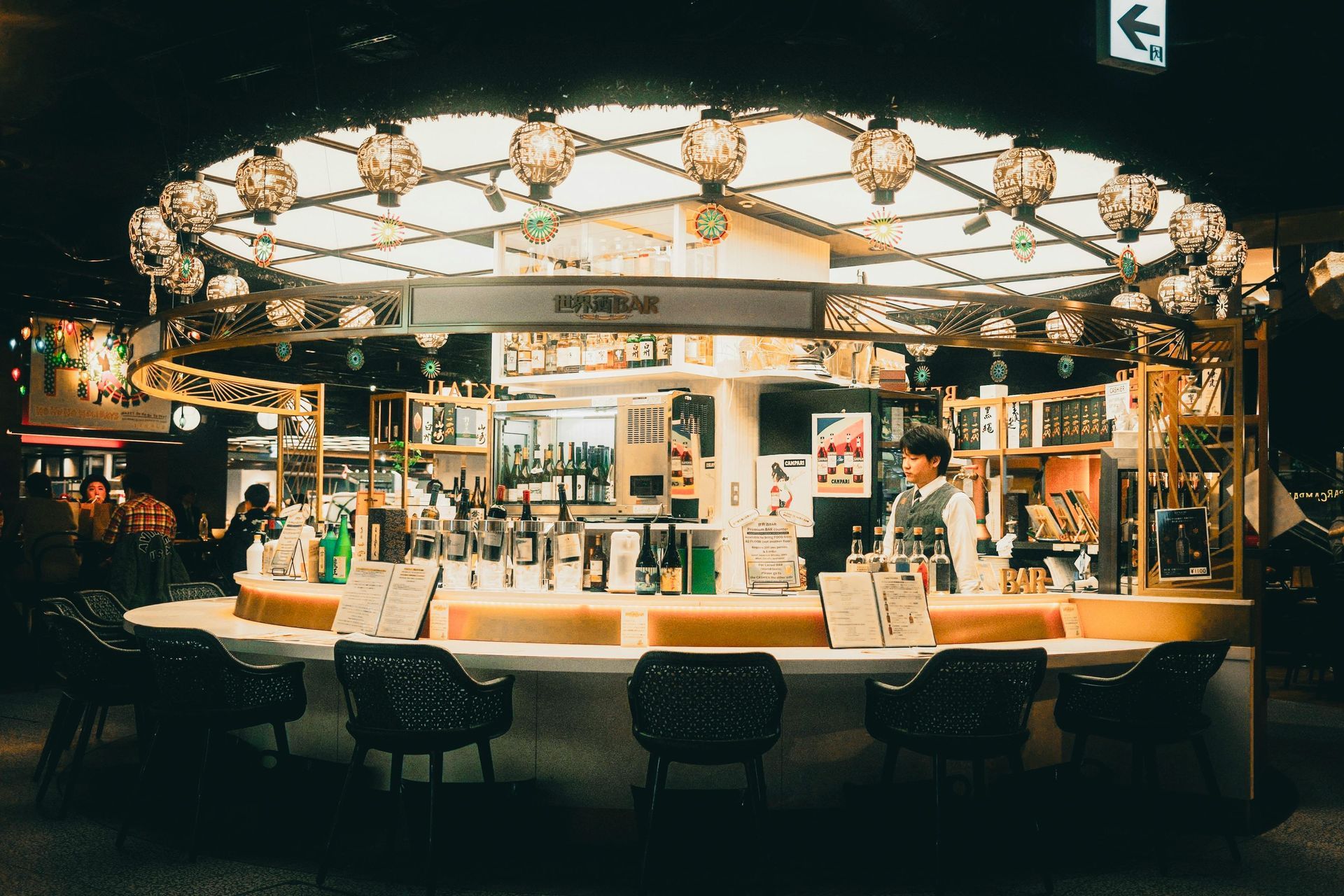
By Gettye Goins
•
December 19, 2024
“Discover expert insights into staffing and team dynamics for boutique craft bars. Learn how to build smaller, efficient teams, balance technical skills with guest interaction, and foster a culture of excellence. Explore strategies for training, staff retention, and creating a collaborative environment where barbacks are valued as future bartenders. Master team management techniques that drive profitability and elevate the guest experience.”
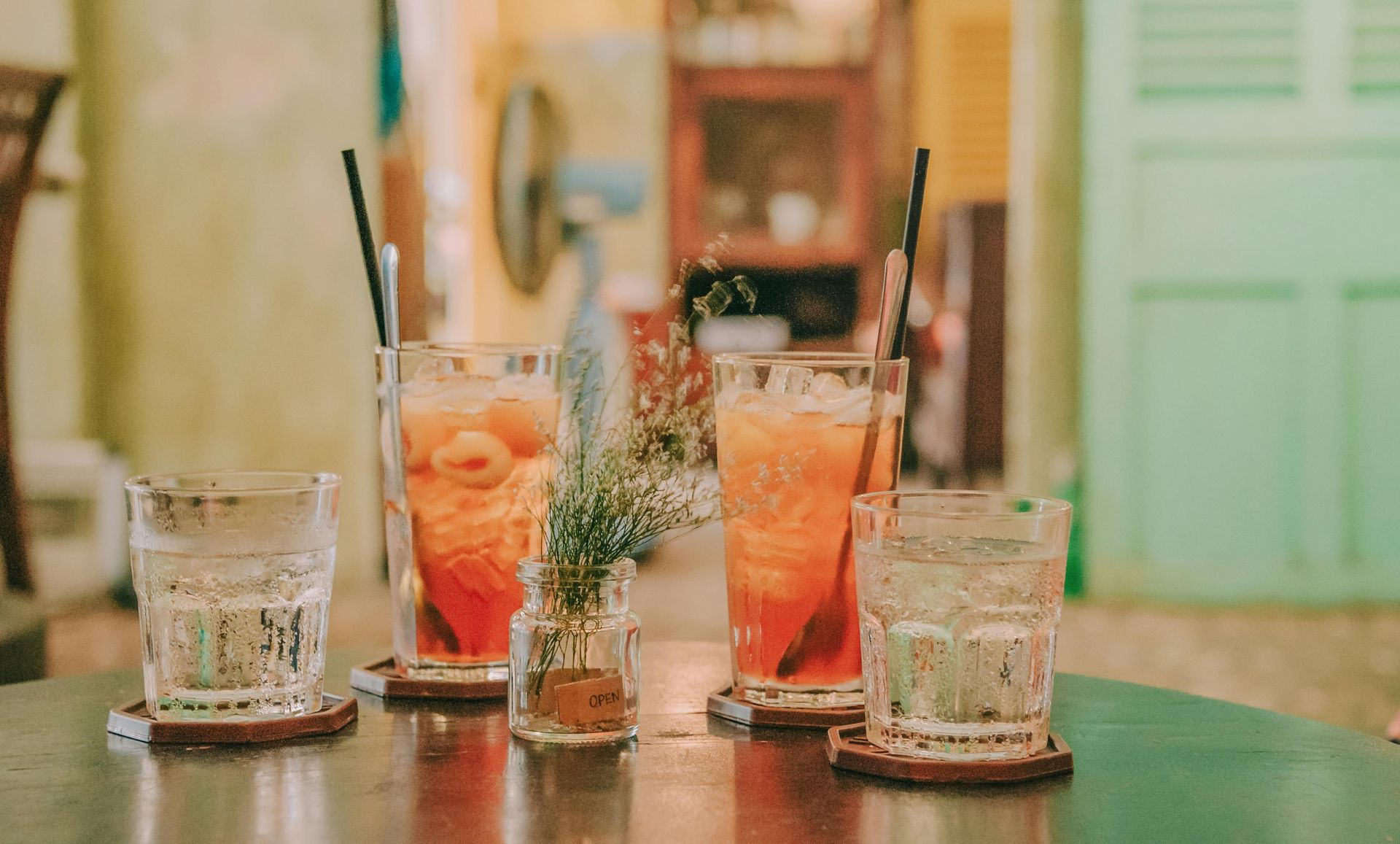
By Gettye Goins
•
December 18, 2024
“Explore expert strategies for menu design and development tailored to craft cocktail bars. Learn how to create curated, seasonal menus that highlight innovation while standardizing classic cocktails for consistency. Discover tips for balancing creativity with cost management, fostering bartender participation, and auditing the guest experience to elevate your bar’s offerings and profitability.”
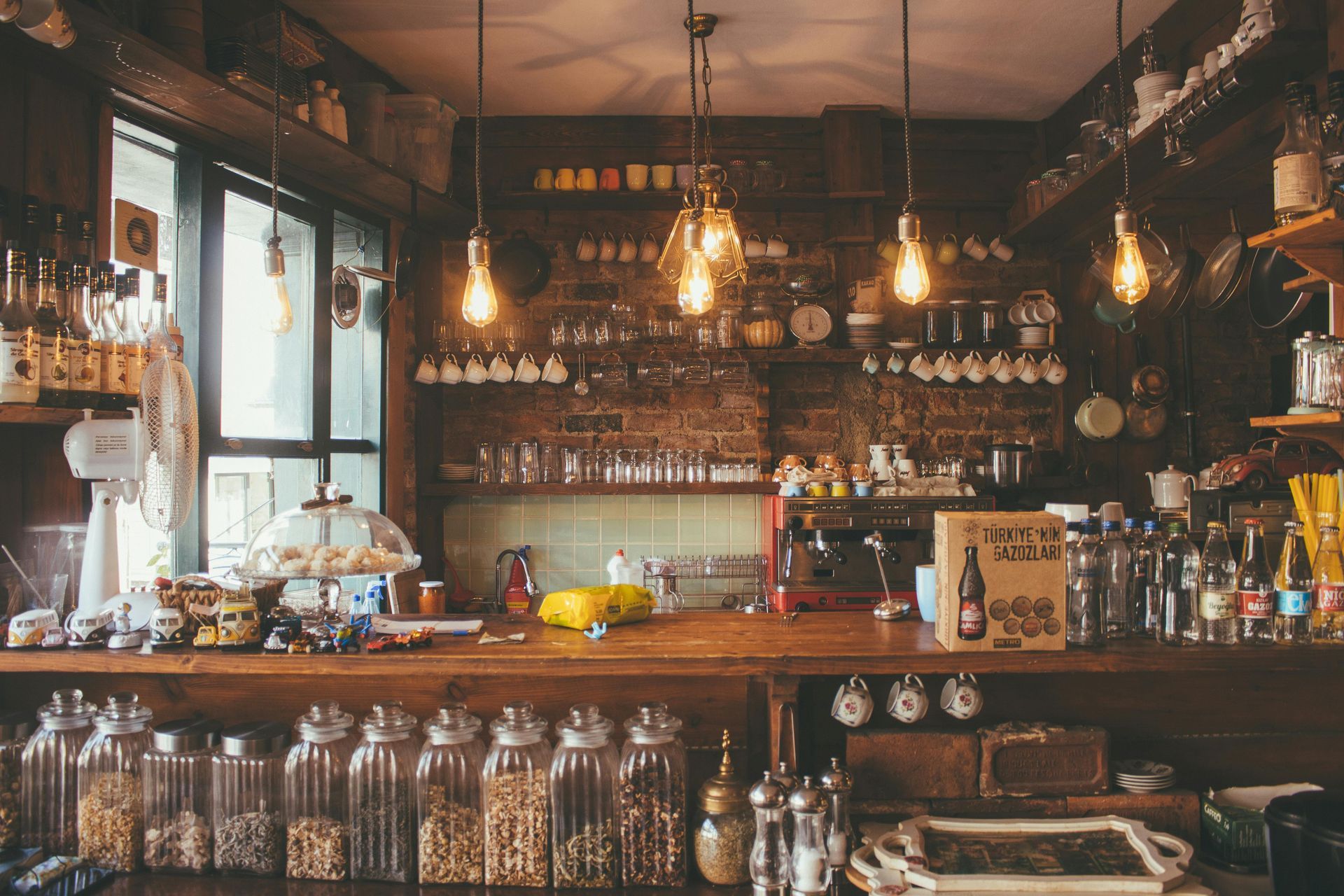
By Gettye Goins
•
December 17, 2024
“Enhance your craft cocktail bar with expert tips on creating a memorable guest experience. Learn how to balance luxury with approachability, engage guests through confident bartending techniques, and tailor service to individual needs. Discover strategies for combining consistency with creativity, fostering a genuine bar culture, and turning every visit into an exceptional experience.”
All Rights Reserved | MixCraft Bartending and Consulting LLC
© 2025

